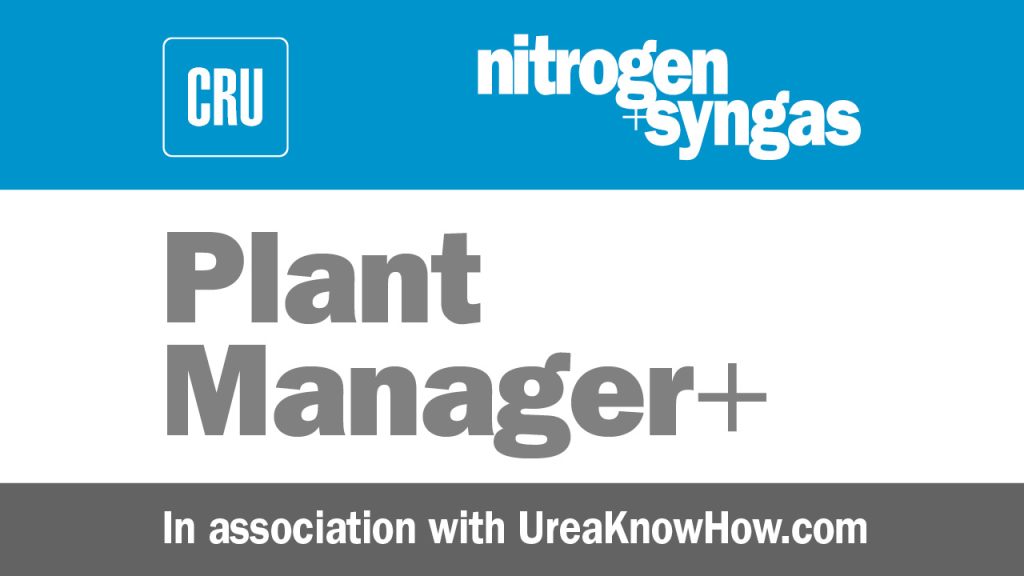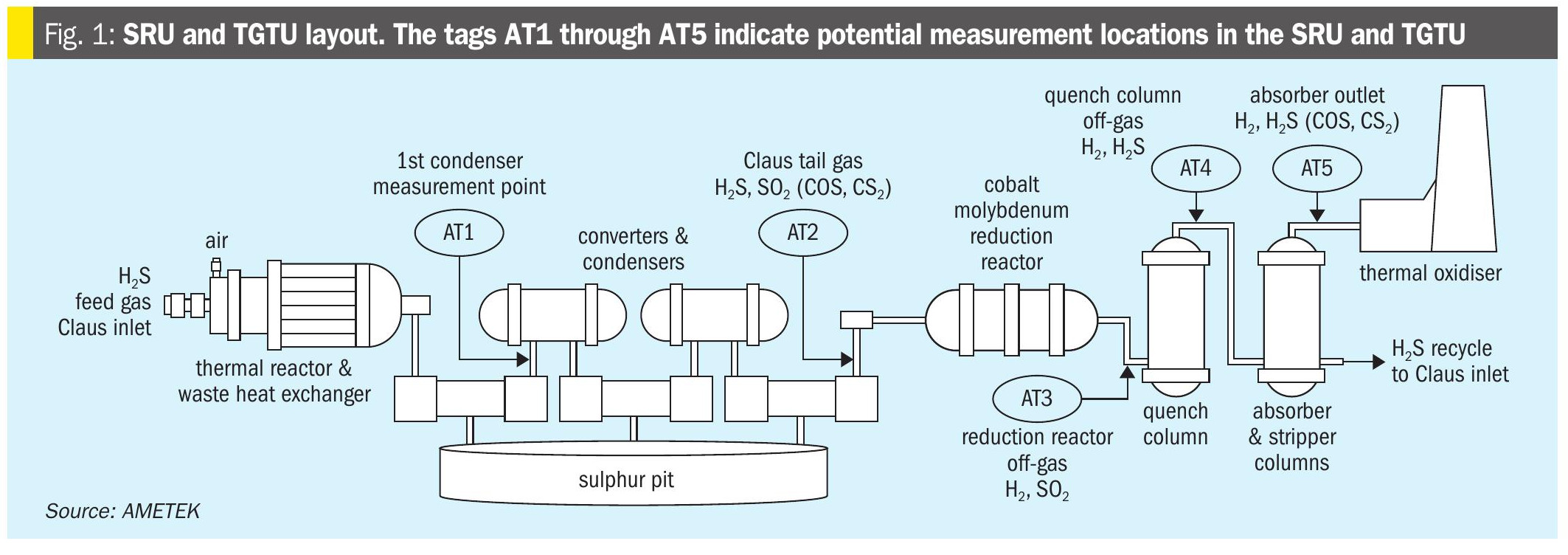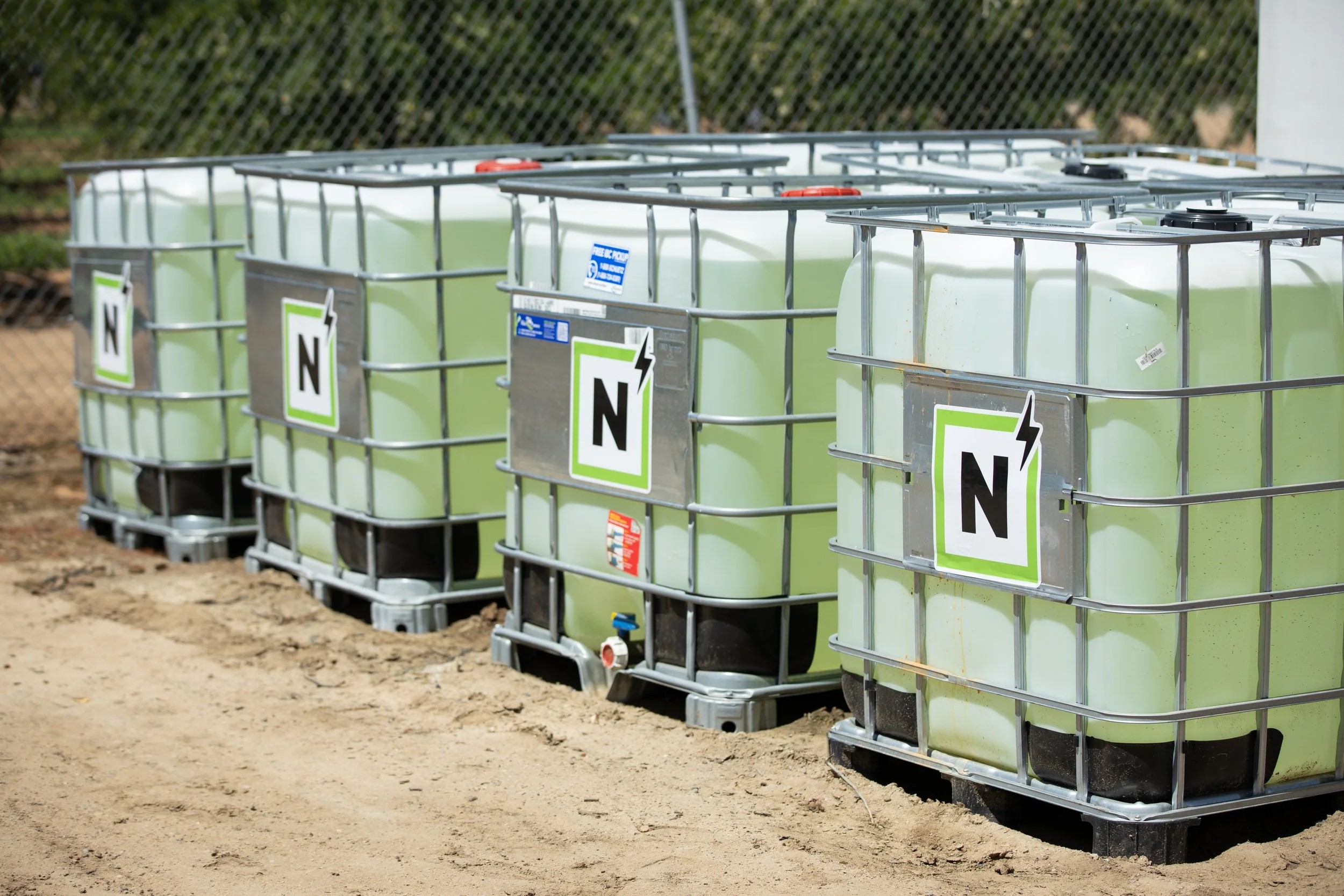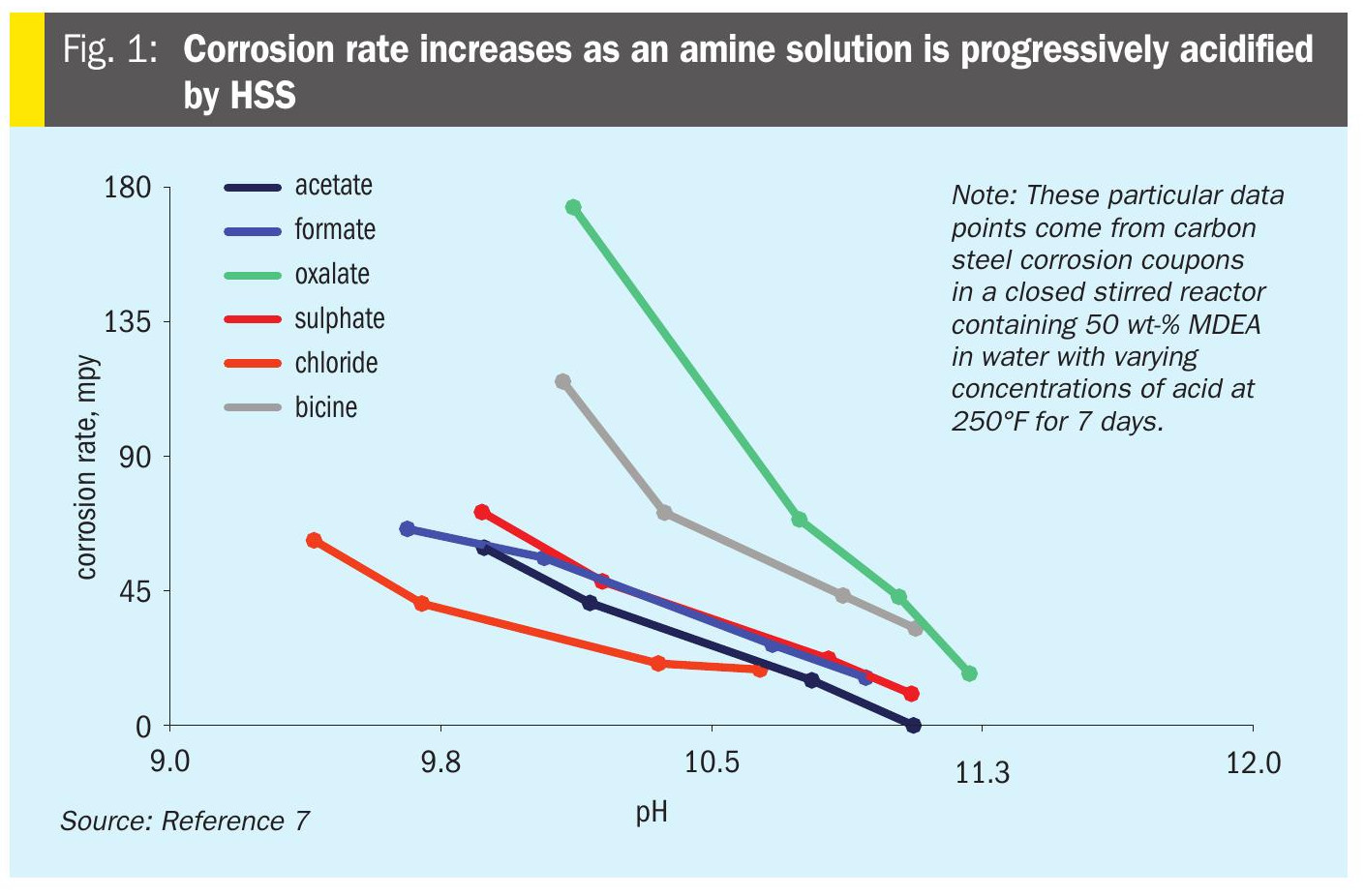Nitrogen+Syngas 309 Jan-Feb 2011

28 February 2011
Problem No. 4: Gaseous ammonia and dust emissions in urea plants
The urea industry continuously strives to reduce ammonia and urea dust emission from urea plants. The European Fertilizer Manufacturers’ Association has described the Best Available Technologies for emission reduction; please refer to “Best Available Techniques for Pollution Prevention and Control in the European Fertilizer Industry, Booklet No. 5 of 1: Production of Urea and Urea Ammonium Nitrate, 2000” which one can be downloaded from their website (http://www.efma.org). The aim of this round table discussion is to collect the different solutions actually applied in urea plants to reduce gaseous ammonia and urea dust emissions.

Mark Brouwer of UreaKnowHow. com in The Netherlands posts a topic on gaseous ammonia and dust emission points in urea plants, an increasingly important issue for urea plants worldwide:
Who has implemented a process to reduce gaseous ammonia and dust emissions from a urea plant? Can you provide a general description (without confidential information)? Who is looking for a solution to reduce gaseous ammonia emissions?
Waqqar Ahmed of Fauji Fertilizer Corporation in Pakistan replies with a valuable suggestion to reduce ammonia emissions from the medium pressure section:
In Snamprogetti’s plant, inerts from the synthesis section are vented through the medium pressure section, which also carries ammonia with it. Inerts and ammonia vapuors pass through the inerts washing column, where ammonia is absorbed/scrubbed with cold condensate. The vented mixture of inerts contains about 4.5-6% ammonia. To reduce ammonia losses we have recently modified the vapour distribution system in the column locally, which helped to reduce losses < 1%.
Muhammad Adnan Hanif of Fauji Fertilizer Corporation in Pakistan adds another interesting suggestion to reduce ammonia emissions from the low pressure section:
In Snamprogetti urea plants, the most concentrated ammonia emission is from the low pressure section vent valve. In order to reduce the ammonia emissions, we provided a small by-pass line upstream of the final pressure control valve to the waste water section over-head condenser. This modification has reduced ammonia emissions significantly as the vent valve remains mostly in the closed position.
M. Majid Mohammadian of PIDEMCO in Iran proposes a new possible solution to reduce the ammonia emission from another source:
I have a proposal: Injection (spraying) of the treated process condensate outlet from the desorption section of the plant to the main stack of the urea plant in order to reduce the amount of waste ammonia from the stack. What do others think about this proposal?
Mark Brouwer widens the discussion and asks:
What about ammonia emissions from prill towers and granulation scrubbers? Who has experience of reducing these?
B.P. Suresh of Nagarjuna Fertilizer and Chemicals Limited in Kakinada, India describes their solutions to reduce urea dust emissions:
We implemented a dry-dedusting system two years ago for pickup of urea dust in the conveyor belt areas, which has reduced emissions fairly well. The process sequence is as follows: pickup points (chutes) -> cyclone separator with blower -> collected urea -> urea dissolving tank. We are now planning to apply the same modification in our second plant. We have considered dedusting collection with hot water on top of the prill tower top and prepared a design for it.
Mark Brouwer asks for some more details:
Who is the designer/vendor of the dry-dedusting system? With regard to the prill tower dust washer, do you operate a forced or natural draft prill tower? Which vendor are you considering? Do you have emission restrictions from the government?
Mr B.P. Suresh replies:
The dry-dedusting system is an in-house scheme, designed and implemented by us. The cyclone separator was manufactured in our workshop and only the blower was purchased from a vendor. This system collects urea dust from the belt conveyors at different pick up points.
For prill tower dust, a separate dedusting system with water circulation is available above the bucket floor. The collected dust is sent to the urea lumps dissolving tank and recovery to the system. We operate a natural draft prill tower with a free falling height of 75 m.
We have state pollution board regulations on prill tower dust emissions. The limit for urea dust in the atmosphere is 50 micrograms/m3 and we achieve around 13-26 micrograms/m3 as a maximum level.
Mr Muhammad Ahsan Sarfraz of Fatima Fertilizer Limited in Pakistan provides information about their dust scrubber on the prill tower:
In Toyo’s ACES process they have a specially designed prilling tower. This includes an air scrubbing and washing system at the top of the bucket assembly room before the induced fans. It includes two packed beds, one circulating pump, one water sump and one spraying system to keep flushing demisters. The concentration in the sump is maintained at 30~40 wt-% urea circulated via the circulation pump onto the packed bed. This dedusting system significantly reduces urea dust/ammonia from the prilling tower. The dust emission is normally 20~25 mg/m3 of air. Ammonia in air would also be well in range as our ammonia consumption factor is 0.568 t ammonia per t urea after thirteen years of plant operation.
“The urea industry continuously strives to reduce ammonia and urea dust emissions…
Mr Mark Brouwer asks for some more background:
It would be interesting to also check the ammonia content as the experience with other scrubbers is that with water only the ammonia emission is hardly reduced by the water. How do you measure dust? Is it done continuously?
Mr Muhammad Ahsan Sarfraz replies:
The circulating water is a basically a urea solution of 30~40 wt-% concentration. We have a device made for the purpose. It sucks air at the outlet of the induced fans. The amount of urea dust deposits and volume of air sucked could be measured easily. The result would be in mg of urea/m3 of air. Toyo’s prilling tower is the best I have seen so far in terms of emissions.
Mr Juan Jose Pestana of Soluciones Quimica P El Campo La Indu in Mexico provides another valuable solution to reduce ammonia emissions from the urea melt plant:
In our 1970 Snamprogetti plant, ammonia with inerts from the synthesis section are vented through the medium pressure section, along with off gas from the very low pressure system and sent to an ammonium nitrate neutraliser.
Mr Bimal Bhayani of Gujarat State Fertilizers and Chemicals in India finally provides another efficient and effective solution to drastically reduce ammonia emissions:
We have implemented an emission control scheme to recover ammonia from our two urea plants plus our two melamine plants. We recover ammonia from the off gases of these plants by scrubbing with 98% sulphuric acid in a column. We recover this ammonia as 35% ammonium sulphate solution which is finally recovered as ammonium sulphate by evaporation and then used as a fertilizer. We recover nearly 2.5 t/d ammonia in this system. Our final vent gases to the atmosphere are totally free from ammonia.
| This series of discussions is compiled from a selection of round table topics discussed on the UreaKnowHow.com website. UreaKnowHow.com promotes the exchange of technical information to improve the performance and safety of urea plants. A wide range of round table discussions take place in the field of process design, operations, mechanical issues, maintenance, inspection, safety, environmental concerns, and product quality for urea, ammonia, nitric acid and other fertilizers. |





